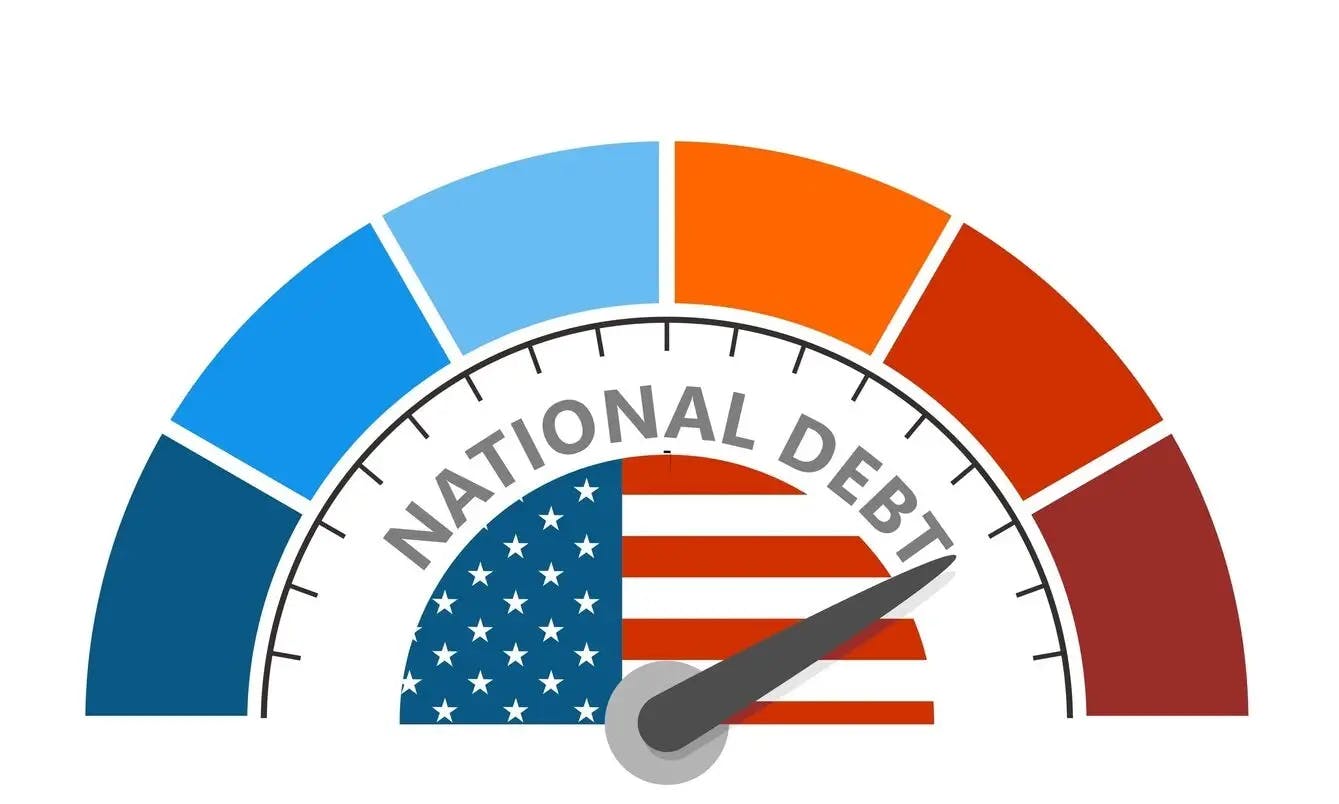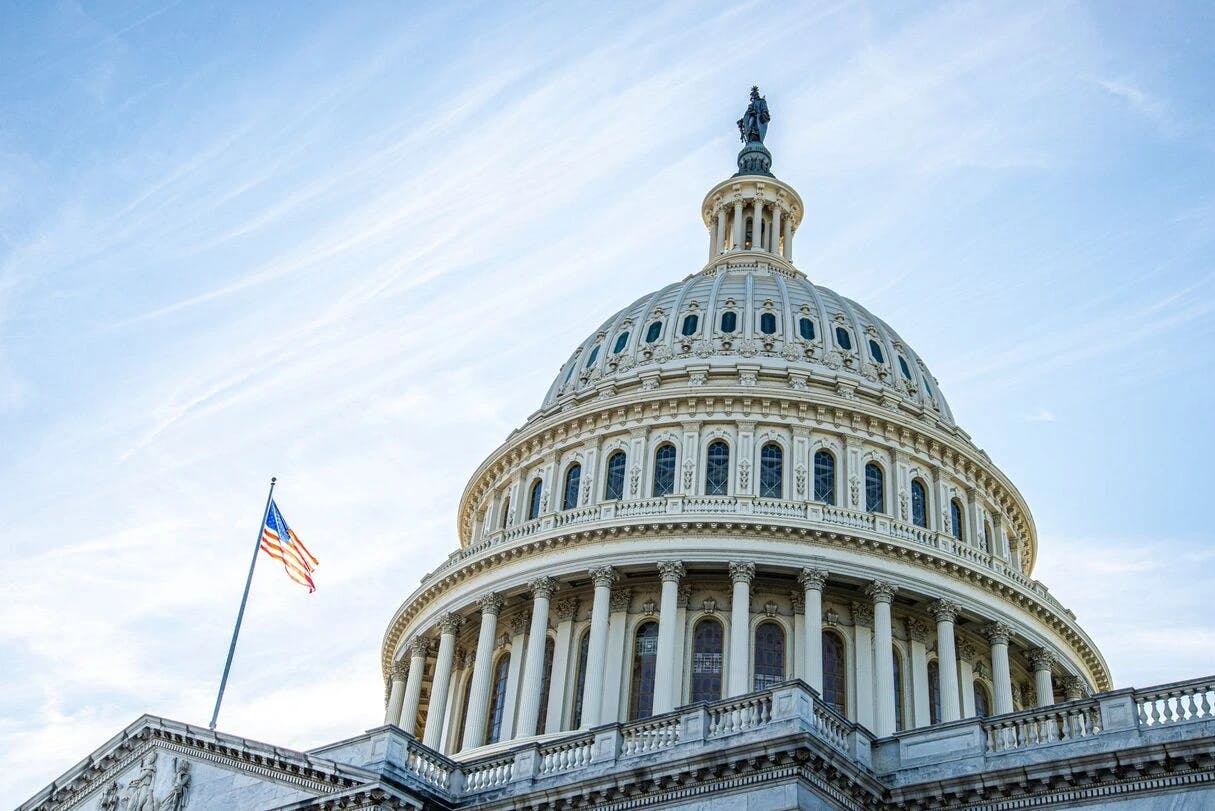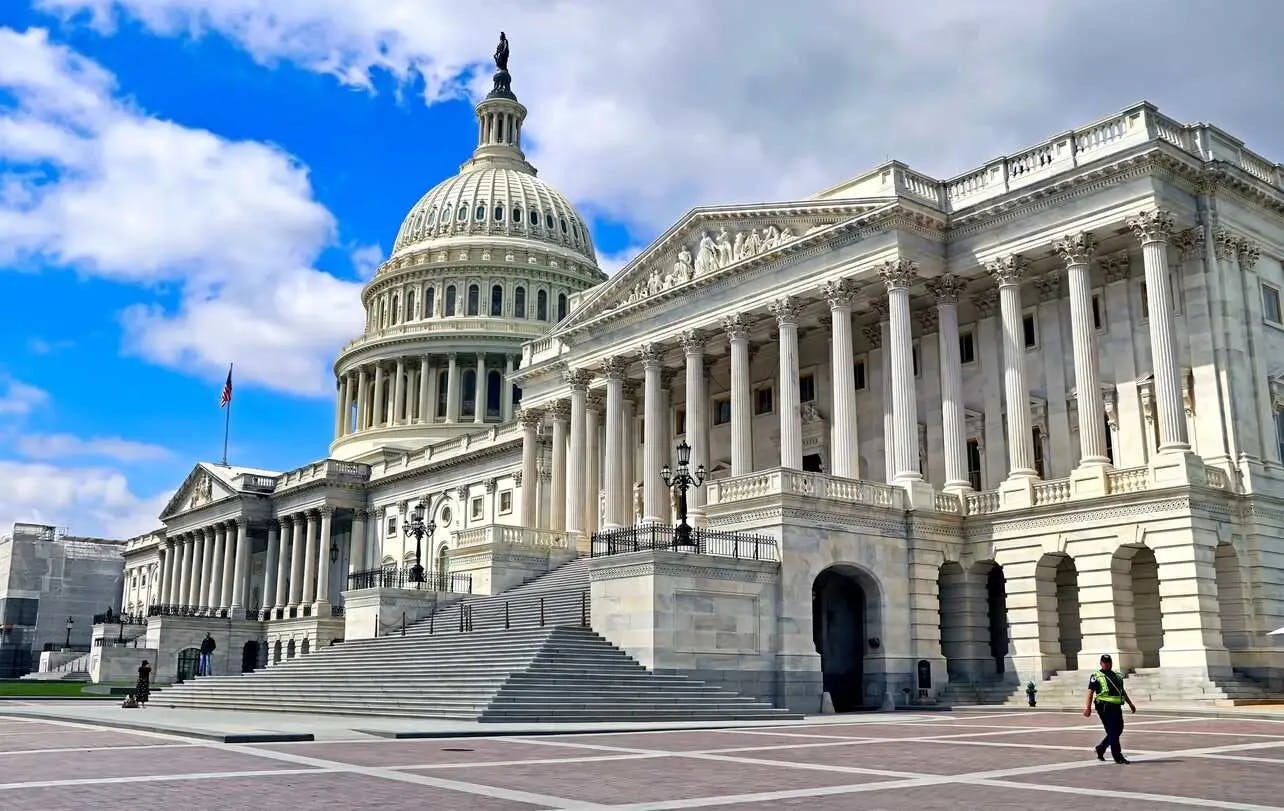Don’t you sometimes wish your bank would give you an unlimited credit line?
Well, the U.S. government has the next best thing: over the past 60 years, they have raised their debt limit almost 80 times, and most of these increases have been drama-free.
But things are not as easy today. According to U.S. Treasury Secretary Janet Yellen, the government is expected to reach its borrowing limit on Monday, June 5th. This situation allows very little room for error, as lawmakers are racing against time to prevent the U.S. from defaulting on its enormous $31.4 trillion debt, which serves as the foundation for the global financial system.
But with just a few days remaining until the deadline, the House of Representatives has passed the bill to raise the debt ceiling once more. This is despite some defections on both sides of the aisle.
But tensions remain high as Americans wait for the Senate to give the nod — even at this level, things could still go either way.
Since there hasn't been a debt default before, it's pretty tricky to say exactly what will happen if the Senate doesn’t approve.🤞
However, experts are voicing concerns about the potential aftermath. They're speculating that crossing the debt ceiling deadline could lead to what Treasury Secretary Janet Yellen calls “a global economic and financial catastrophe."
What does all this have to do with you, you may wonder? Well, as a physical gold investor, you might want to keep an eye on gold prices. 👀
First, what is the debt limit?

To put it shortly, it's the total amount of money that the U.S. government is authorized to borrow.
The first debt limit was established in 1917 at $11.5 billion… today it stands at $31.4 trillion and rising.
Since 1960, Congress has acted 78 times to change the debt limit, according to official data.
Failure to further suspend or increase this limit could lead to the first-ever U.S. default, meaning the federal U.S. government would not be able to repay its debt, which would bring on dire economic consequences.
Janet Yellen has recently urged Congress to raise the debt limit by of 5 June:
"In my letters, I noted that I would continue to update Congress as more information became available. Based on the most recent available data, we now estimate that the Treasury will have insufficient resources to satisfy the government’s obligations if Congress has not raised or suspended the debt limit by June 5, " Yellen said in her remarks to the lawmakers.
So what happens if the U.S. defaults?🤔

Well, according to analysts, the fear of default alone could shake up the stock market and send shock waves across the economy.
For example, in 2011, the U.S. was on the brink of default before lawmakers finally struck a deal, but not without significant market volatility and a downgrade of the country’s credit rating.
According to experts, the stakes are even higher today than they were in 2011.
As Jason Bloom, the head of fixed income, alternatives, and ETF strategies at Invesco, says: “The risk is higher than before, given the polarization of the electorate and the Congress. The way both sides are so dug in means there is the risk they don’t get their act together in time.”
According to Moody's estimate, if the United States were to face a prolonged debt default scenario, brace yourself for a recession. Here's what we're talking about:
- The GDP would plummet by nearly 4.6%,
- Approximately 7.8 million jobs would be lost,
- The unemployment rate would reach 8%.
- Additionally, the stock market crash could erase $10 trillion of household wealth.
So, it seems like if Senate fails to avoid a debt default by 5 June, the U.S. economy is in for a rocky time. As we know, when crises originate in the U.S, they usually quickly spread to the rest of the world.
What will be the impact of a U.S. default on the global economy?🌐

Indeed, the spillover would be felt globally. Bearing in mind the importance of the United States as the world’s financial center and the U.S. dollar’s role as the global reserve currency.
“A debt default would be a cataclysmic event, with an unpredictable but probably dramatic fallout on U.S. and global financial markets,’’ said Eswar Prasad, professor of trade policy at Cornell University.
Maurice Obstfeld, a non-resident senior fellow at the Peterson Institute for International Economics in Washington, also emphasizes the potential consequences, stating, "If the credibility of the Treasury's commitment to pay comes into question, it can wreak havoc across a range of global markets."
U.S. Treasury bonds are considered one of the safest investments globally. A default would shatter this perception and undermine confidence in the reliability of sovereign debt. As a result, borrowing costs for governments, businesses, and individuals would increase, making it more expensive to access credit.
How could a U.S. default impact gold?🪙

For those looking to start investing in gold, it’s important to know that the U.S. economic data is one of the key forces driving the gold price. Therefore, if a default was to happen, the precious metal would most likely be affected.
According to Nicky Shiels, Head of Metals Strategy at MKS PAMP GROUP, “In theory, considering the events of 2011 when gold experienced a significant rally of $300 within two weeks … leading up to the debt ceiling deadline and subsequent credit rating downgrade of the US, a "debt impasse" is super gold positive.”
“People who are optimistic about the future of gold are ready to buy it at the current levels. Interestingly, there will likely be more buying at $2,050 than at $1,950 due to a fear of missing out (FOMO). This increased demand will contribute to the gradual rise in prices, supported by physical purchases and retail demand, which keeps increasing,” Shiels says.
Gold, a safe haven
Historically, gold has consistently shown a counter-cyclical behavior. This means that when a major economic crisis hits different countries, investors and central banks tend to flock to gold to protect themselves. As a result, the price of gold appreciates—it becomes a safe haven.
A recent example is the geopolitical crisis in Ukraine that erupted in February 2022, with its repercussions impacting the already weakened global economy due to Covid. While many markets wavered, the demand for gold experienced an extraordinary resurgence.
In March 2022, the price of an ounce of gold surpassed €1800, marking an increase of around 30% in a year. In total, central banks purchased 399 tonnes of gold in the third quarter of 2022—an all-time high!
What’s the bottom line?
All things summed up, if a U.S. default were to happen, it would have major repercussions for the country and the global economy. According to Yellen, “It would cause severe hardship to American families and harm our global leadership position.”
The clock is ticking, and the June 5 deadline is lurking ominously on the horizon. Everyone is waiting for U.S. lawmakers to raise or suspend the debt ceiling to avert a global financial crisis.
And while we don’t know what’s going to happen, the debt ceiling deadline now might be a good time to learn more about gold prices and how to get yourself a perfect crisis hedge.🤓



